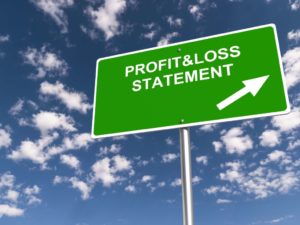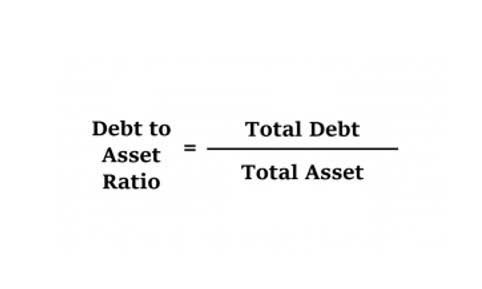
The asset turnover ratio is a financial metric that measures the relationship between revenues and assets. A higher ATR signifies a company’s exceptional ability to generate CARES Act significant revenue using a relatively smaller pool of assets. For optimal use, it is best employed for comparing companies within the same industry, providing valuable insights into their operational efficiency and revenue generation capabilities. The Asset Turnover Ratio evaluates how a company utilizes its assets to generate revenue or sales.

Startup Business Line of Credit Options – The Essential Guide
XYZ has generated almost the same amount of income with over half the resources as ABC. It’s important to note that these ratios can vary significantly across industries and companies. Therefore, comparing the ratio with industry benchmarks and historical data for ABC Corporation can provide more meaningful insights into the company’s performance and trends. Let’s say one business has an asset turnover ratio of 1.5, while another has an asset turnover ratio of just 0.5.
Formula for Asset Turnover Ratio
For every $1 spent on assets, the hypothetical business generates approximately $6.50. However, certain factors, like industry and company size, can slightly alter the kind of ratio your business should shoot for. What may be considered a “good” ratio in one industry may be viewed as poor in another. This is because asset intensity can greatly differ among different industries. Learn these and other in-demand finance and accounting skills today with Forage’s free job simulations. F1b, F1e – Statement of financial position (at the beginning and at the end of the analizing period).
What Are Some Limitations of the Asset Turnover Ratio?

So here are some ways to increase your business efficiency and your ratio in turn. When calculating the asset turnover ratio, it is better to use net sales instead of gross sales. The reason is that net sales refer only to products that have reached the hands of the customer.
What Can Lead to Misinterpretation of Asset Turnover Figures?
You will even encounter cases where different companies have similar models. Still, the sales will show different fixed asset turnover ratios because of a difference in accounting policies. In other words, an average industry ratio is a number that you can’t fully trust unless the whole industry follows a standard accounting policy.
In that case, it could mean that a new machine that you bought is giving you rich returns. There are a couple of things to keep in mind when you calculate your asset turnover ratio. Two, no number can be arbitrarily dubbed as a “good” or a “lousy” asset asset turnover formula turnover ratio. You always need to compare it with industry standards or companies of a similar size. We have discussed how you would be able to calculate the asset turnover ratio and would also be able to compare among multiple ratios in the same industry. Businesses can harness the power of Asset Turnover in strategic planning by using it as a compass for operations.

Create a free account to unlock this Template
It can be used to compare how a company is performing compared to its competitors, the rest of the industry, or its past performance. Companies can artificially inflate their asset turnover ratio by selling off assets. This improves the company’s asset turnover ratio in the short term as revenue (the numerator) increases Certified Bookkeeper as the company’s assets (the denominator) decrease.
- Hence, it’s important to benchmark the ratio against industry averages and competitors.
- The asset turnover ratio is an efficiency ratio that measures a company’s ability to generate sales from its assets by comparing net sales with average total assets.
- XYZ has generated almost the same amount of income with over half the resources as ABC.
- Assuming the company had no returns for the year, its net sales for the year were $10 billion.
- A corporation may increase asset turnover, increase efficiency, and increase profitability by putting these techniques into practice.
It means the company is efficiently using its assets like property, equipment and inventory to produce sales. A high and increasing asset turnover ratio is generally favorable, as it suggests the company is effectively managing assets to maximize revenue. The fixed asset turnover ratio is helpful for companies with high-value investments in assets. They usually have a board of directors who want to calculate the efficiency of the fixed assets compared with the company’s turnover.

But in reality, the revenue drop might have happened because of something else. So if you are looking to understand what caused the change, then the asset turnover formula isn’t your best option. Your asset turnover ratio should take into account how your industry performs. In that case, you should compare your asset turnover ratio only with other companies doing the same thing. When the account receivables pile up, it can lead to problems with cash flow.
